Tomato gardening indoors
gjshawk
10 years ago
Related Stories

EDIBLE GARDENSSummer Crops: How to Grow Tomatoes
Plant tomato seedlings in spring for one of the best tastes of summer, fresh from your backyard
Full Story
COLOR10 Reasons to Make a Splash With Tomato Red
You won’t duck at these tomatoes. See how bold red shades can play up architecture, light up a dark spot and add drama
Full Story
LIFEKitchen Traditions: Tomato Season Meets a Family Legacy
Somewhere a Sicilian great-great-grandmother is smiling at a bowl of American-made sauce
Full Story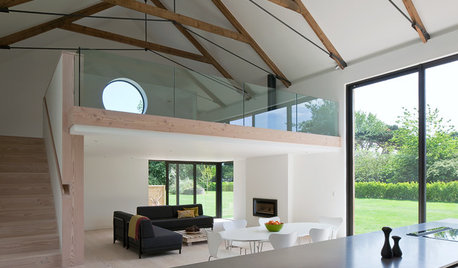
ARCHITECTUREHouzz Tour: Fresh Ideas in a Former Tomato Packing Shed
A formerly metal-clad structure is now a beautiful wood home designed to capture the light and preserve open space
Full Story
HOUSEPLANTS8 Essentials for Healthy Indoor Plants
Houseplants add so much to our homes — and can thrive when grown in the right conditions. Keep these tips in mind
Full Story
GARDENING GUIDESCalifornia Gardener's June Checklist
Update your hydrangeas, catch up on tomatoes and more ways to enjoy your California garden in June
Full Story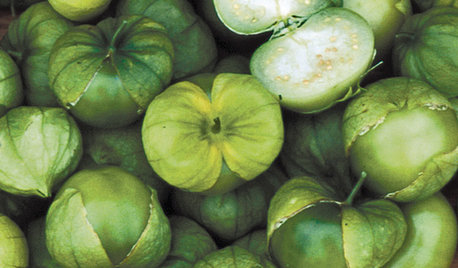
SUMMER FRUITS AND VEGETABLESSummer Crops: How to Grow Tomatillos
Grow this Mexican native for the freshest salsa verde — and for fewer problems than its tomato cousins
Full Story0
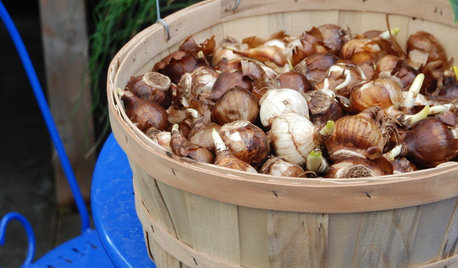
REGIONAL GARDEN GUIDESNortheast Gardener's February Checklist
Follow your passions during the month of love with bursts of your favorite colors and fragrances via indoor plants
Full Story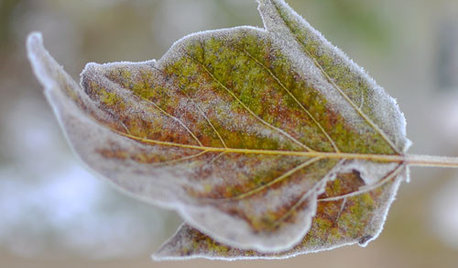
MID-ATLANTIC GARDENINGMid-Atlantic Gardener's February Checklist
Buck up with indoor herbs, stockpiled teas and plans for an eagerly awaited spring
Full Story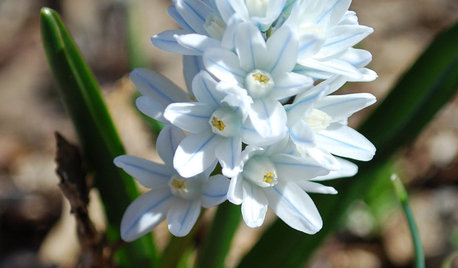
GARDENING GUIDESRocky Mountain Gardener's March Checklist
Ride out fickle weather by forcing flowers, planning indoors and heading outside to spot blooming bulbs when you can
Full StoryMore Discussions


digdirt2
gjshawkOriginal Author
Related Professionals
Edmond Landscape Architects & Landscape Designers · Harvey Landscape Architects & Landscape Designers · Addison Landscape Contractors · Dallas Landscape Contractors · Deer Park Landscape Contractors · Kerman Landscape Contractors · Middletown Landscape Contractors · Pacifica Landscape Contractors · Greenfield Landscape Contractors · Murraysville General Contractors · Millville General Contractors · Olney General Contractors · Pine Hills General Contractors · Bainbridge Island Decks, Patios & Outdoor Enclosures · Kissimmee Decks, Patios & Outdoor Enclosuresrross
seysonn
rross
labradors_gw
sheltieche
seysonn
fcivish
fcivish
rnewste
yardenman
fcivish
fcivish
sandy1616